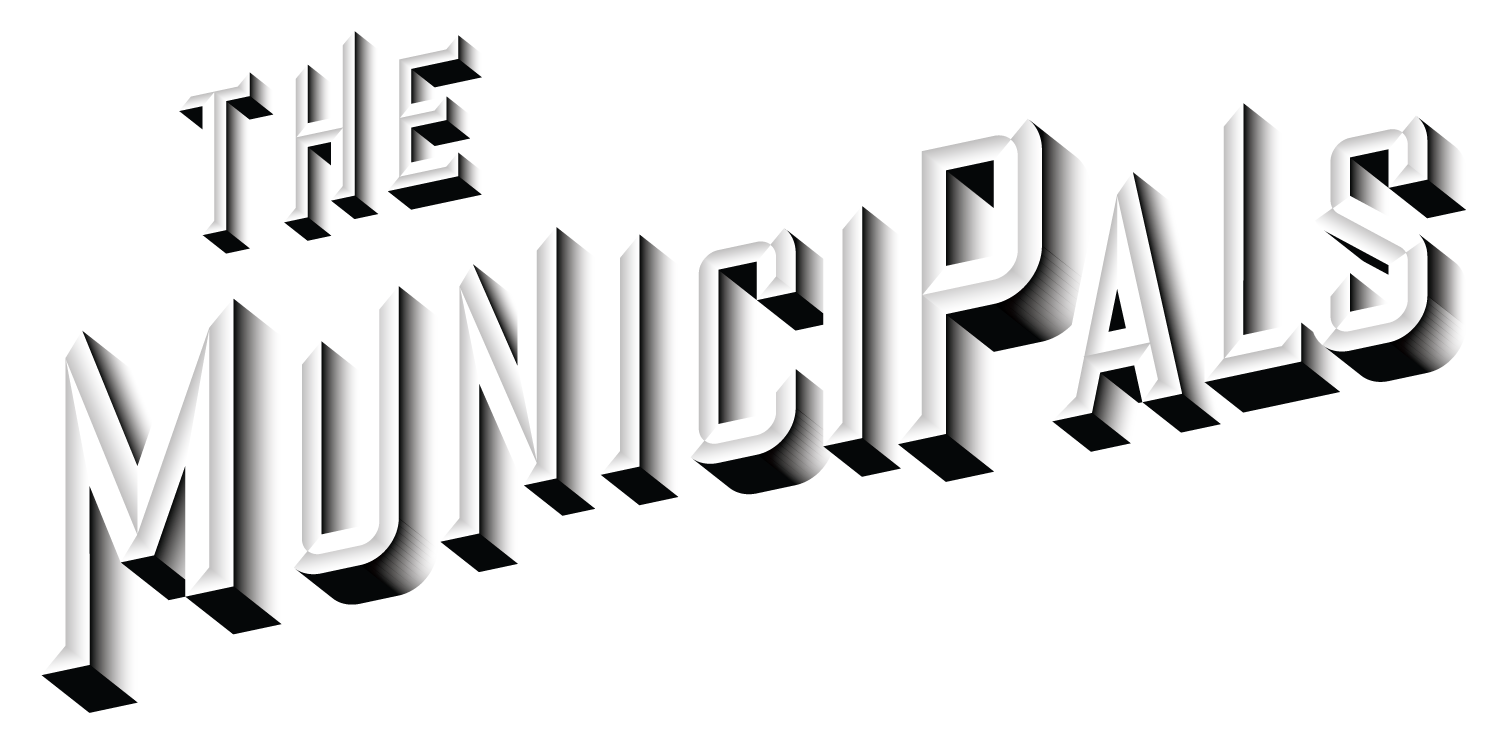The city of Bowling Green was founded after two brothers, George and Robert Moore, moved to the area from Virginia in 1796. The next year, the Moore brothers donated two acres of land to build a log courthouse and jail in the newly-formed Warren County. At the first county commissioners meeting in March 1798, the new town was incorporated into Kentucky. There, it was decided that the town would be named “Bolin Green,” a name that evolved into Bowling Green. The origin of the name has been disputed, but it is most widely believed to be named after Bowling Green Park in New York City, where a statue of King George III was removed and used to make lead bullets during the American Revolution. Others argue that the name came from the bowling greens that were once prominent in the area.
The arrival of the steamboat era is credited with helping Bowling Green thrive due to the town’s proximity to the Barren and Green rivers. In the 1850s, the Louisville and Nashville Railroad (now CSX) completed a line through Bowling Green, linking it to northern and southern markets.
Bowling Green residents were deeply divided during the Civil War. The Confederate army invaded Bowling Green in September 1861. After fortifying the city, the Confederates’ provisional government chose Bowling Green as its capital. After a rebel defensive line that spanned across southern Kentucky collapsed, in February 1862, the Confederates evacuated the region without a fight. Bowling Green remained under Union control for the remainder of the war.
Bowling Green continued to grow rapidly after the Civil War. Today, according to the 2010 census, it is the third-largest city in Kentucky.

